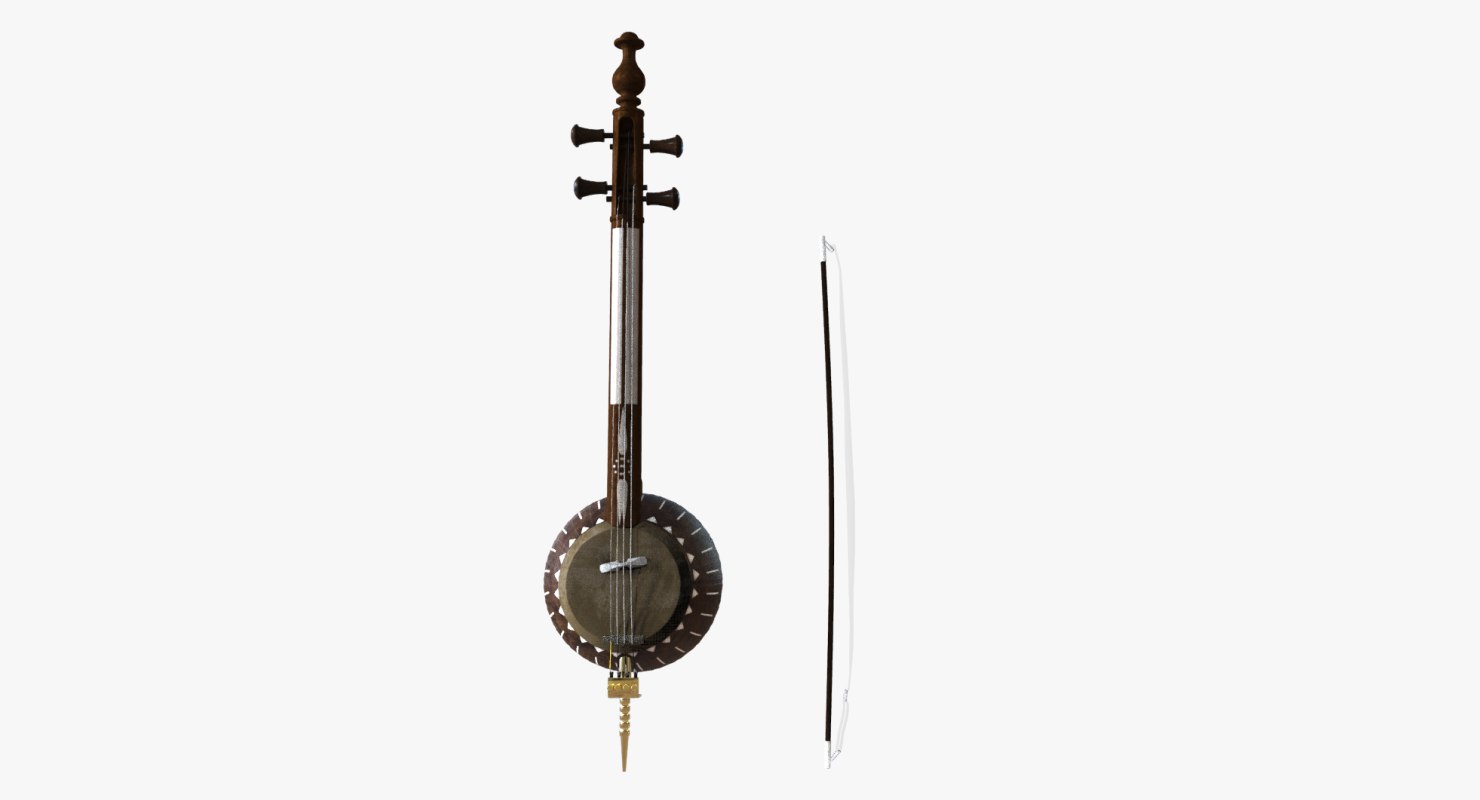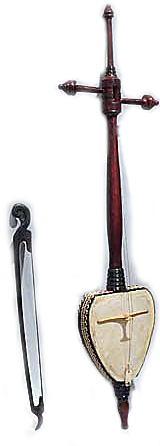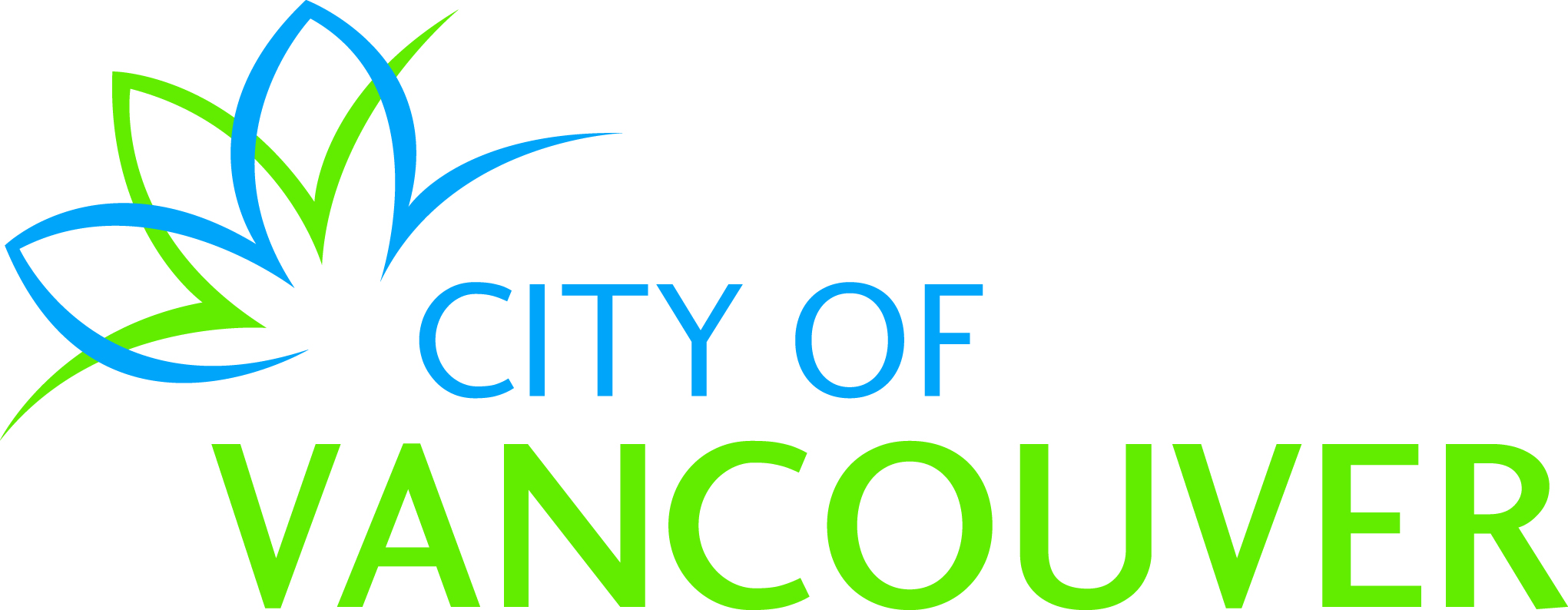UNSTRUNG
Improvisation with inter-cultural strings
Benefit Concert for Wet’suwet’en Land Defenders
【多元文化弦樂器的即興對話】
5pm Dec 12, 2021 at the Orpheum Annex,
823 Seymour Street, Vancouver – live audience
Co-presentation of Sound of Dragon and the NOW Society
By Donation $xx / $20 / $10 / Free; 購票 Buy Tickets
100% of donations equally divided, will be donated to
Gidimt’en Legal Defense Funds and the Unist’ot’en Camp

Special guests:
Dallas Arcand, Cree Musician and Hoop Dancer;
Marjorie Dumont, Tsayu Clan, presenter;
Gunargie O’sullivan, aka Ga’axstasalas, Tlowitsis tribe, MC.
Inter-Cultural Strings Ensemble:
Sutrisno Hartana – rebab & suling (Indonesian fiddle & flute), vocal
Sina Ettehad – kamanche (Iranian fiddle)
Lan Tung – erhu (Chinese fiddle) & vocal
Meredith Bates & Joshua Zubot – violin
Lucy Strauss & Reginald Quiring – viola
James Meger – bass
Lisa Cay Miller – conduction
Bowed string instruments from the East and the West meet in the hands of improvising musicians! The Sound of Dragon Society and the NOW Society combine their forces to put together an all-star band of musicians from Indonesian, Taiwanese, Iranian, avant-garde, jazz, and western contemporary music backgrounds, in collaboration with Indigenous guests in this unique concert. Come and witness them taking an adventurous journey as many of them play together for the first time. Donations will benefit the Gidimt’en Checkpoint and the Unist’ot’en Camp and support their efforts to stop the pipelines and protect the environment.
For more info:
nowsociety.org
Yintahaccess.com Unist’ot’en.camp
Dallas Arcand is a multi-talented artist who won the world spotlight with his astonishing Hoop Dancing at the 2010 Olympic Games opening ceremonies. Dallas is a three-time World Champion Hoop Dancer from the Alexander (Kipohtakaw) Plains Cree Nation near Edmonton, Alberta. He is best known as a champion Hoop Dancer as well as a motivational speaker, storyteller, and musician.
Dallas, whose Aboriginal name is ‘Dancing Buffalo Man’ (Nimihto Paskwa Mostôs Napew), for many years had no idea that dancing would become a major influence in his life.
Dallas has been a World Class Hoop and Indigenous Dancer for over two decades. His dancing ranges from traditional to contemporary indigenous styles including; Fancy, Grass, Jigging, Break, and Hoop Dancing.
Marjorie Dumont Wet’suwet’en, Gitdumden Clan
Marjorie has taught in elementary, secondary and post-secondary institutions. She is currently teaching in the Vancouver School District as a Resource/PE prep teacher. She taught in the Surrey School District from 1997 to 2017. Marjorie was the Assistant Director for Aboriginal Education in the Professional and Social Issues Division at the BCTF for a four-year term. She has been a member of the provincial Aboriginal Education Advisory Committee and for the Surrey Teachers’ Association’s Aboriginal Education Committee. Marjorie was a president and vice-president of the Provincial Specialist Association (PSA) Aboriginal Education Association. She developed and trained Professional and Social Issues workshops.Current Members of the BC Teachers’ Council.
Gunargie O’Sullivan aka Ga’axstasalas
Gunargie O’Sulivan has been dedicated to community and campus radio since 1989 and attributes her knowledge to her guests and her community. The Resonating Reconciliation project was originally her idea and she helped develop the proposal. She will be working from Vancouver four days a week and email is the best way to reach her at cheryledwilliams AT gmail DOT com.
Gunargie is the founder of the shows “Late night with Savages” on CFRO-FM Vancouver Co-op Radio and “Nation to Nation” on CJSF-FM and currently produces “When Spirit Whispers” and “Sne’wayulh” at CFRO-FM.
She also founded the Red Jam Slam Society, which exists to initiate celebrations, events and festivals that feature Aboriginal artists and performers and encourage grassroots and inclusive strategies to honour all Aboriginal voices. The Red Jam Slam Society is also a partner organization in the Resonating Reconciliation project. Gunargie was also the Aboriginal Representative on the NCRA Board of Directors and head of the NCRA’s Native Caucus.
Gunargie was on the Board of CFRO-FM and currently sits on the Boards of WMovers and Women’s Wellness and Cultural Centre for Vancouver’s Downtown Eastside. She is a member of the Tlowitsis tribe. Gunargie is both a direct and inter-generational survivor of Indian Residential Schools, and was fostered and then adopted by the age of seven. Her inspiration to carry out this important work has changed the landscape of Aboriginal radio.



Erhu (Chinese violin) 二胡
Originated in Central Asia and introduced to China more than one thousand years ago, the erhu 二胡 belongs to the large family of stick fiddles that are found in many countries. Xiqin 奚琴 was the first bowed instrument mentioned in Chinese literature in Tang Dynasty (618-907 A.D.). It is believed to be the precursor of the erhu. Xiqin was also called huqin 胡琴. The erhu is usually made of ebony, sandalwood or rosewood, with a snakeskin resonator. The folk versions vary in the shapes and materials of the sound boxes. The bow is made of bamboo stick and horse hair. Since 1960s, the strings are made of steel, learning from the violin and replacing the silk strings from the ancient time. A popular instrument in solo and ensemble music, erhu’s expressive sound resembles the human voice. Its traditional repertoire is deeply rooted in the vocal and opera traditions.
hu = people lived in the north and west of China;
qin = musical instrument
huqin = musical instrument of the hu people, referring to the origin of the instrument
er = two, stating that the instrument has two strings
Kamanche (Persian fiddle)
The kamanche (or kamancheh) has a long neck including fingerboard. The bowl-shaped resonating chamber is made from a gourd or wood, usually covered with a membrane made from the skin of a lamb, goat or sometimes a fish, on which the bridge is set. The kamancheh used to have three silk strings, but the modern instruments have four metal strings. It is widely used in the classical music of Iran, Armenia, Azerbaijan, Kurdistan, Uzbekistan and Turkmenistan with slight variations in the structure.
“kamancheh” = “little bow” in Persian (kæman, bow, and -cheh, diminutive)
Rebab (Arabic: ربابة, rabāba, variously spelled rebap, rubob, rebeb, rababa, rabeba, robab, rubab, rebob, etc) is the name of several related bowed (but sometimes plucked) string instruments that independently spread via Islamic trading routes over much of North Africa, Southeast Asia, the Middle East, and parts of Europe. It is one of the earliest known bowed instruments, named no later than the 8th century, and is the parent of many bowed and stringed instruments.
The Indonesian rebab is a two-string bowed instrument with a wooden body, traditionally made with a single coconut shell. The strings are tuned a fifth apart, and the horse hair bow is tied loosely (unlike modern Western stringed instruments) with the proper tension controlled by the players. In gamelan music, the rebab does not have to conform exactly to the scale of the other instruments and can be played in relatively free time, finishing its phrases after the beat of the gong ageng (the big gong that “rules” the ensemble).




